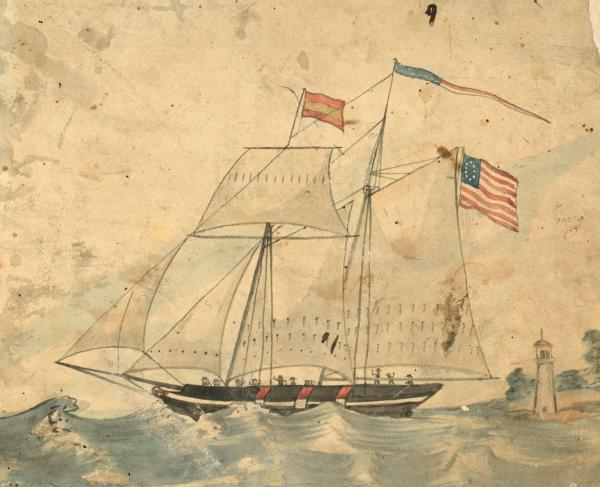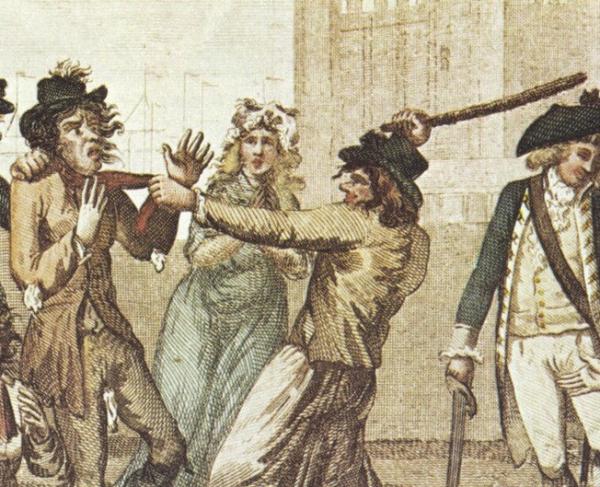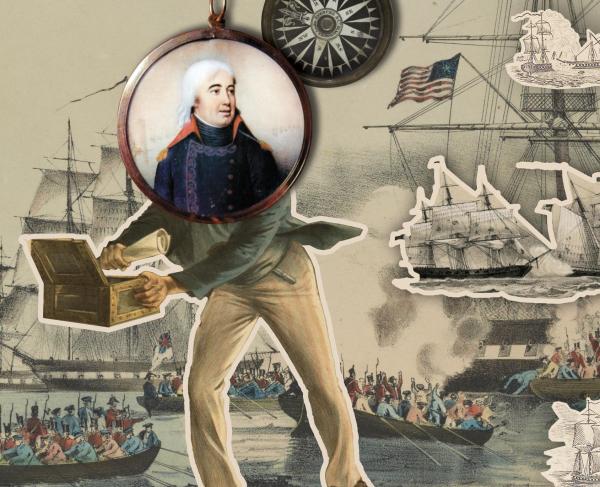Old Ironsides: a History of America’s Ship of State

USS Constitution is the oldest commissioned warship in the world still afloat. Nicknamed “Old Ironsides,” she is today berthed in Boston and is known as “America’s Ship of State.” Her story illuminates much about the U.S. Navy during the nation’s first 100 years.
Constitution was laid down in Boston on November 1, 1794, one of the first six 44-gun frigates authorized for the U.S. Navy. Her launching occurred on September 20, 1797, but she stalled partway down the ways. She finally reached water on October 21, 1797.
After a period of fitting out, the Constitution travelled with Captain Samuel Nicholson to the Caribbean during the Quasi-War with France. Constitution captured her first prize on September 8, 1798, the French ship Niger, off Charleston. She then spent the next two years patrolling around the West Indies. She stopped several French ships, and won a sailing competition against the British HMS Santa Margarita. She returned to Boston in the summer of 1801.
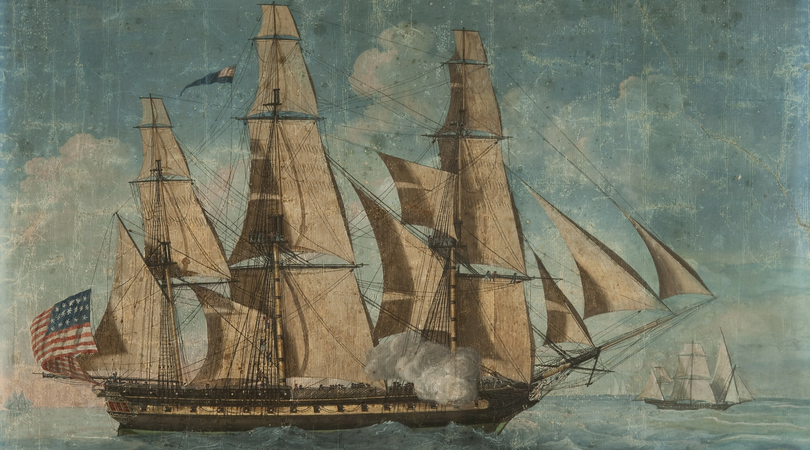
Constitution returned to sea in August 1803 as the flagship for Captain Edward Preble, bound for the Mediterranean and operations against the Barbary Pirates in North Africa. After helping rescue impounded ships in Tangier in October 1803, Preble’s squadron suffered a blow when Philadelphia ran aground at Tripoli and was captured with her crew. Stephen Decatur burned Philadelphia on February 16, 1804, but a larger attack on Tripoli that summer, which Constitution assisted by bombarding the outer defenses, proved abortive. Constitution blockaded Tripoli, capturing three ships in the process. Commodore Samuel Barron took command and directed a landing expedition to Derna (today in eastern Libya between Benghazi and the Egyptian border), after which the Tripolitanians concluded a peace aboard Constitution on June 3, 1805.
Constitution spent the next two years cruising the Mediterranean. Captain Hugh Campbell assumed command in 1806. The Chesapeake-Leopard incident in 1807 delayed her relief, and Campbell narrowly averted a mutiny by his homesick crew. Constitution arrived back in Boston in October 1807, fifty months after her departure.
The War of 1812’s outbreak found Constitution in port under Commodore Isaac Hull. Hull sailed in early July to join an assembling U.S. squadron near New York. Lookouts sighted a squadron off Egg Harbor, New Jersey on July 17, but quickly determined it was British. The British gave chase, and in very calm winds it looked like Constitution would be captured. Hull wet his sails to catch all gusts, put out boats to tow the ship, and even used the kedge anchors to winch her along. The British drew close a few times to trade fire, but both sides’ shots fell wide. Finally, a desperate Hull pumped over much of the ship’s drinking water, which lightened Constitution enough that she was able to escape.
After a short stop in Boston to resupply, Hull put to sea again on August 2. Over the next two weeks Constitution took three prizes in the Gulf of St. Lawrence. On August 19, she ran across the British frigate Guerriere, who accepted battle. In a short and sharp engagement, Constitution wrecked Guerriere while suffering only slight damage herself. This victory gave rise to the comment “her sides are made of iron,” and her nickname “Old Ironsides.”
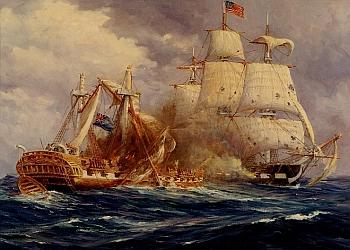
Hull put back into Boston and passed command to Commodore William Bainbridge, who took Constitution to the South Atlantic. She encountered HMS Java off Brazil on December 29. A British shot wrecked her helm, but by steering directly with the rudder, Constitution kept in the fight, ultimately forcing Java’s surrender. Java’s helm was used as a replacement, and to this day is in place on Constitution’s quarterdeck.
After a complete refit in Boston, Captain Charles Stewart took Constitution to the Caribbean in January 1814. In a highly successful cruise, she captured five merchantmen in three months. Mast problems forced a return to Boston, but Constitution again came south in the fall of 1814. She captured two British ships before learning of war’s end. Stewart brought her to New York on May 15, 1815.
Constitution served two Mediterranean cruises in the 1820s. In 1830 she appeared to be at the end of her service life, but a national campaign persuaded the Navy to modernize her for continued service. She then patrolled the Atlantic and Southeast Pacific. In 1843 she took Ambassador Henry A. Wise to Brazil, then departed around Cape Horn to the Pacific, where she operated off Singapore and China. In 1846 she joined the Pacific Squadron off Mexico and California. She then returned to Norfolk via the Cape of Good Hope, having circled the world.
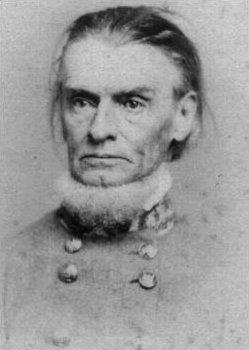
After a refit, Constitution spent the next ten years in the Mediterranean and Atlantic performing antislavery patrols off Africa. Pope Pius IX visited her in 1849, the first time a sitting Pope had set foot on U.S. territory. After capturing her last prize, the slaver H.N. Gambrill, in 1854, Constitution returned to the United States. Constitution next moved to Annapolis in 1860 to serve as quarters for Naval Academy midshipmen.
The Civil War’s outbreak found Constitution at Annapolis and under threat of Confederate seizure. With the protection of U.S. Army and Navy personnel, she was towed north to Rhode Island where she spent the war training sailors. The loss of United States at Gosport in 1861 made Constitution the last of the original six frigates still afloat.
Except for a trouble-filled cruise to France for the 1878 Paris Exposition, Constitution spent the remainder of the 19th Century as a floating training and accommodation ship. As her centennial passed, Congress expressed interest in making her a museum. In 1907 she opened in Boston as a museum, a role she has maintained since. She has twice sailed in the open seas, in 1997 and 2012, to mark the respective bicentennials of her launching and victory over Guerriere.

Although Constitution has not seen active service for decades, “Old Ironsides” has carried forward. In 1940 Major General Bruce Magruder saw a picture of Constitution and decided her nickname offered suitable inspiration for the U.S. Army’s new 1st Armored Division. This incarnation of “Old Ironsides” served in Tunisia, Italy, Germany, Vietnam, and the Middle East and is currently stationed at Fort Bliss, Texas.
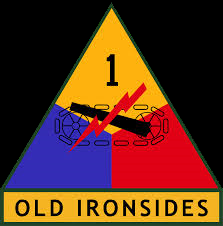
Today, Constitution remains in commission as a U.S. Navy warship, open for tours in Boston. She is a national treasure, offering a tangible link to the very first years of the Navy and the United States as a whole.

